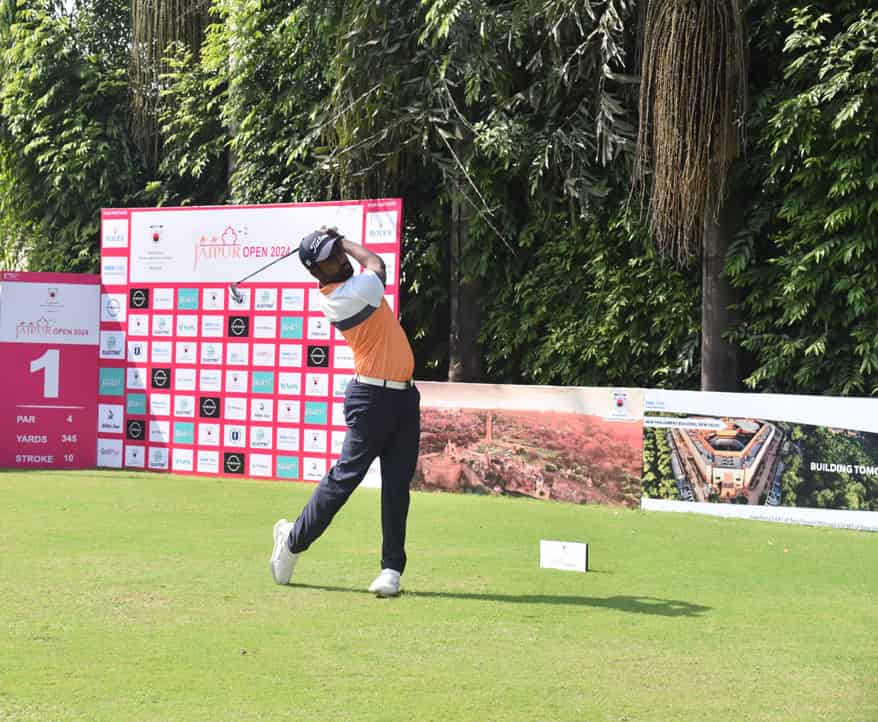
Maryland, USA: Autism spectrum disorder (ASD) is a complex condition marked by challenges with social communication and the presence of repetitive behaviors. It’s called a “spectrum” condition because the behavioral features and their degree can vary widely in different people. Signs of ASD typically appear in the first two years of life. Early diagnosis and intervention can improve outcomes for people on the autism spectrum. But ASD can be difficult to diagnose.
At a Glance
- An app that records toddlers’ responses to videos on a tablet detected early signs of autism spectrum disorder with a high level of accuracy.
- This type of digital screening holds promise for improved early detection and intervention for autism.
Children are often screened for ASD at an early age during well-child medical visits. Standard screening is based on a caregiver questionnaire. But this method has proven less accurate in real-world health care settings than in research studies. So scientists have been working to develop accurate, easy-to-use screening tools to improve early detection.
Two years ago, a research team led by Drs. Geraldine Dawson and Guillermo Sapiro at Duke University reported promising results from a prototype mobile app that could detect distinctive eye gaze patterns in toddlers who were later diagnosed with ASD. Data from the app showed that children with ASD were less likely to focus on social content in videos and had difficulty visually tracking conversations.
For their latest study, the researchers developed and tested a new tablet-based app called SenseToKnow. This experimental app collects data not only on the child’s eye gaze but also on facial expressions, attention, head movements, and other behaviors related to ASD. An algorithm combines and quantifies these diverse digital measurements. Machine learning was used to adjust the weight of different measures to improve the app’s predictive abilities.
The app was tested in 475 children, ages 17 months to 3 years, during pediatric well-child visits. During a 10-minute session, the child sat on a caregiver’s lap and interacted with the app. Results appeared online in Nature Medicine on October 2, 2023.
Forty-nine of the toddlers were later diagnosed with ASD, and 98 with developmental delay without ASD. The researchers found that the SenseToKnow app correctly identified about 88% of the children who were later diagnosed with ASD. This ability was similar across different sexes, races, and ethnicities. The app also correctly identified more than 80% of the children who did not have ASD. However, this was lower for Black children (54%) compared to others. Larger studies are now underway to more fully assess the app’s predictive value among diverse populations.
The researchers found that of all the toddlers who screened positive for ASD, only 41% were later diagnosed with the condition, but that was a significant improvement over the 15% found in studies using a caregiver questionnaire alone. When the app’s screening data were combined with data from caregiver questionnaires, the likelihood of a positive screen leading to an ASD diagnosis rose to more than 63%. Screening that relies on integrating data from multiple sources, the researchers note, will likely improve results.
“There is a wide range of expertise amongst health care providers in knowing and being able to recognize all the potential signs of a child being on the autism spectrum,” Dawson explains. “This app could help clinicians focus on the areas in which the child needs help, as well as identify areas of strength.”
—by Vicki Contie
-NIH news










